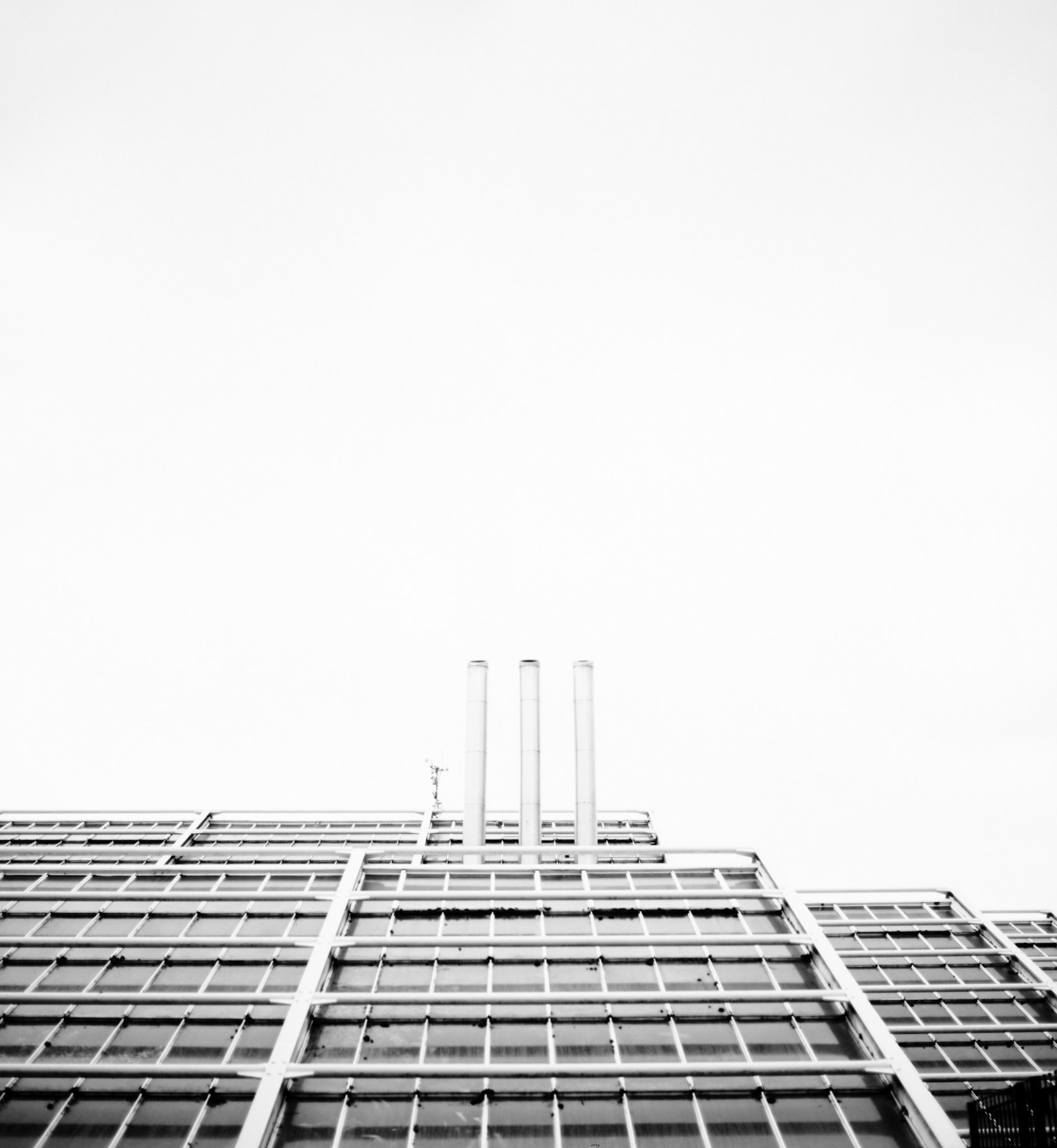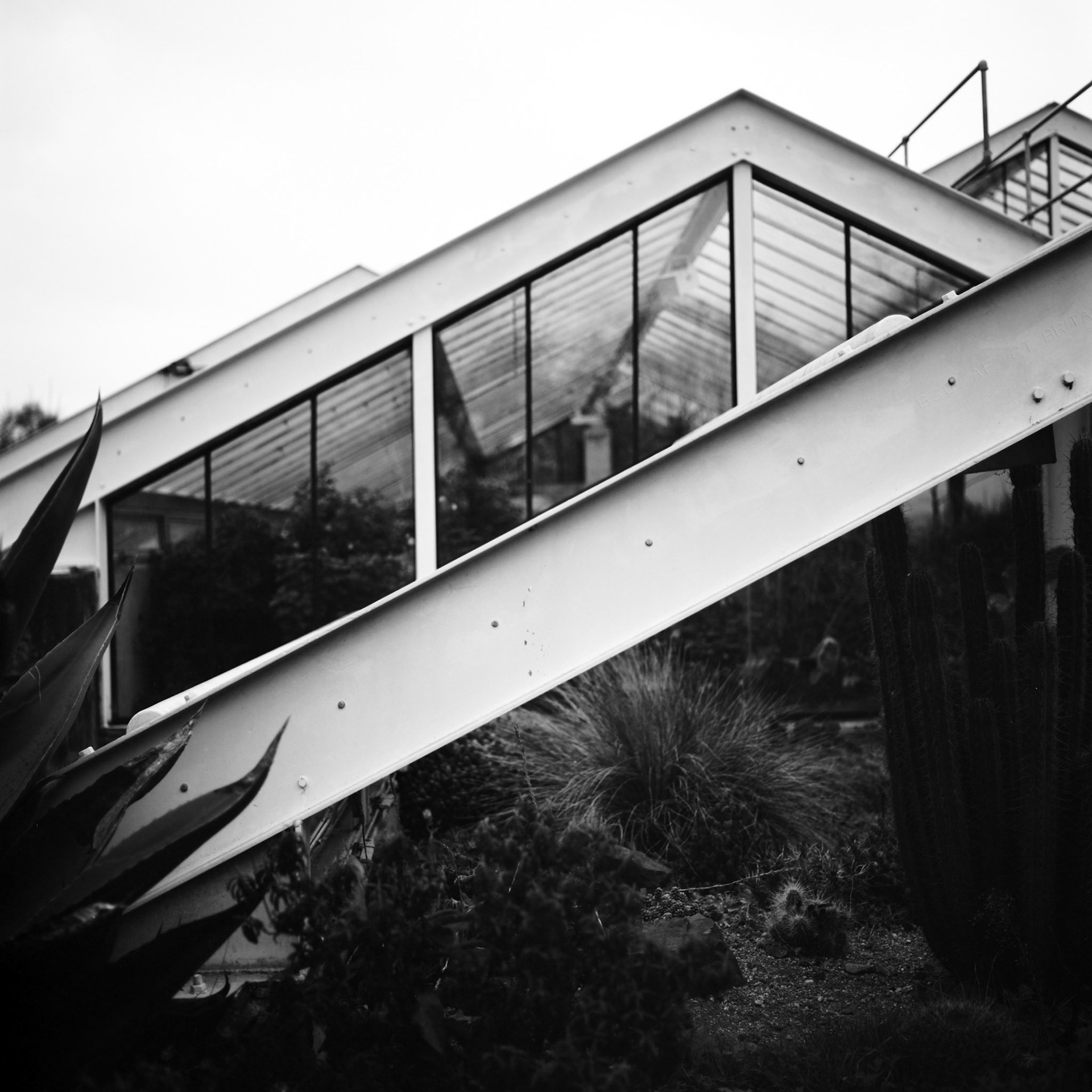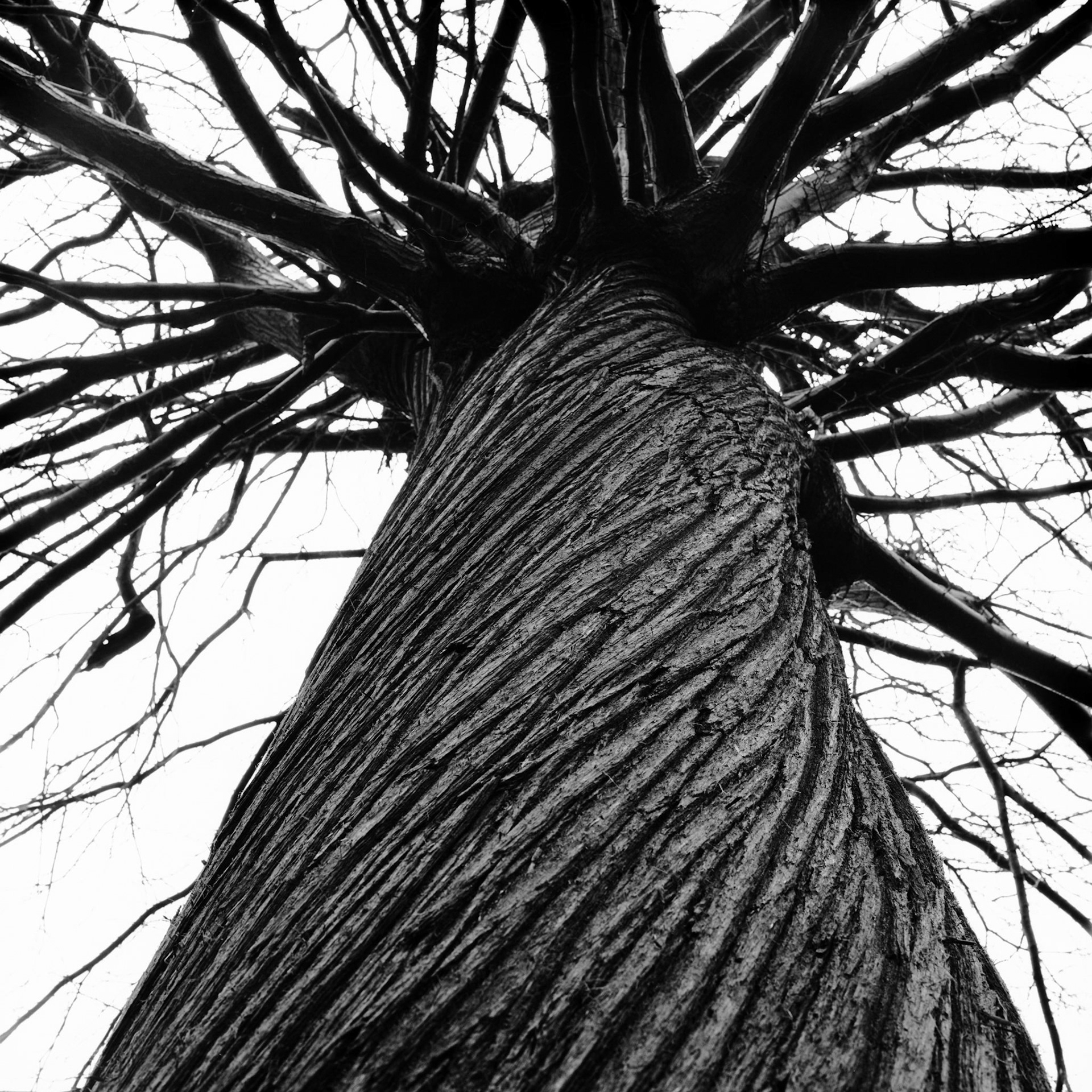
Shooting & developing Film Washi S at 50 ISO
Sadly I've been losing interest in photography throughout the duration of the lockdown, due to two factors; I'm bored of my local area - and - I'm bored of winter. Since I can't change either of these issues, I decided to pick up a selection of more experimental film stocks to play with, in the hope that I could produce some interesting images.
The Film
Sold as an 'ultra high definition' sound recording film, cut and repackaged for 120 & 135 format, the Italian-based Film Washi offering is certainly quite different from the Ilford HP5+ or Kodak Tri-X that I would normally use. I found grain to be nonexistent, while images were rendered with extreme sharpness and contrast.
Shooting
Being winter, this 50 ISO emulsion required the use of a tripod for most shots. The datasheet suggests shooting this film in overcast or muted light, and I can see why. Contrast is intense, as shown in the above image of the Royal Oak in Richmond Park - snow and bark produces a stark scene. While care must be taken to avoid too much of the scene being lost to either white or black, I think I was pretty successful here when using a handheld light meter. Most shots employed incident metering which worked well in the subdued light. For a couple of shots I was more selective with my metering and used reflective readings to expose for the shadows where the scene required.


Developing & Scanning
Guidance online is limited, so as per the Film Washi datasheet I developed this film as if it were Kodak Tri-X 400. To develop Washi S I used Ilford Ilfotec DD-X at 1:4 and 20°C for 8 minutes, which produced nice results. Now, the emulsion itself is almost clear and feels thicker than most commercial black and white film I have previously used. It curled like mad upon drying, and despite being stored in archival film sleeves it still curls up. I managed to wrestle the cut film into my Lomography Digitaliza, and scanned it via DSLR. All negatives were processed in Lightroom Classic using the Negative Lab Pro plugin and minimal adjustments. The minute grain structure and tendency for the film to curl did prove to be a challenge during the scanning process, my tip - aim for the film border text instead of grain when focussing.
Thoughts
There isn't an abundance of information online about this 'specialist' film, so other than high contrast and low grain I didn't really know what to expect. After sucessfully shooting and developing Film Washi S in Ilford Ilfotec DD-X, I am pleased with the results that it produced. It is certainly distinctive, producing bold and often stoic images that are a detour from my usual aesthetic, but in the right conditions the results are distinctive and unreplicable.


